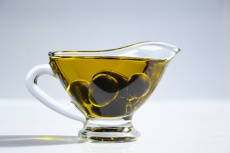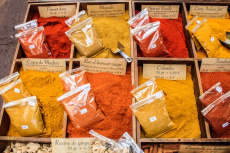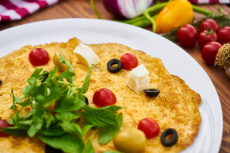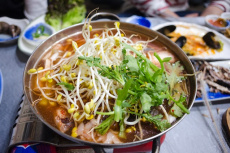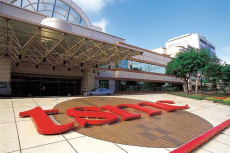7 gluten-free cereals for celiacs (and not so celiacs)
These grain foods enrich a healthy, wheat-free diet with their variety of nutrients and flavors.
Cereals are a great source of nutrients for your diet. Whether you are celiac or allergic to gluten or have decided to to stop eating gluten for other reasons, surely you have restricted your consumption of cereals to adapt it to your diet.
To obtain all the energy that cereals provide and avoid consuming gluten, you can opt for gluten-free grains that will add variety and flavor to your dishes.
A list of gluten-free cereals
Here are gluten-free cereals or pseudocereals that are very nutritious and versatile in the kitchen.
Quinoa
This “mother seed”, as it is known in Quechua, has been considered by the Food and Agriculture Organization of the United Nations (FAO) as the food of the future.
Quinoa contains 15% protein and is used better than any other cereal. Its beans are crunchy and go well in both savory and sweet dishes. If they sprout they are perfect in salads.
Millet
The buttery grains of millet are perfect for making vegetable croquettes and, in the form of flakes, they are delicious in muesli. It is a beneficial superfood for the brain thanks to its content of lecithin, magnesium and phosphorus.
To cook it, sauté it a bit in the pan to open it up and release its flavor, then cook it for 20 minutes in a ratio of two parts water to one part millet.
Brown rice
It is the most practical gluten-free cereal because it adapts to an endless number of recipes, it does not get boring and it absorbs flavors well.
Since it has not been husked, it retains much more fiber than white rice, which lowers its glycemic index and makes it healthier. And it is also abundant in minerals, B vitamins and vitamin E.
Amaranth
Its name, originating from the Greek, means “the one that does not wither”, since it can grow on infertile soils. It has more protein than many cereals, as well as magnesium, iron and manganese. Cook it in two parts of water for each part of amaranth until it is absorbed.
Excellent supply of vegetable protein and iron.
Corn
It is a tender, sweet and juicy cereal that can be eaten as a vegetable. It is also one of the most versatile gluten-free cereals. You can take it boiled, roasted, toasted, in brine, as "popcorn" or using its flour in cakes and pastries. It stands out for its contribution in carbohydrates, fiber, beta-carotene and vitamin C.
Buckwheat
Its nutty flavor goes well in salads and its flour, although it cannot be baked, is considered one of the best options for making crepes. Keep it in the fridge, as it goes rancid easily. It contains a flavonoid called rutin that makes it anti-inflammatory and cardioprotective.
Teff
These tiny grains provide iron, zinc, and manganese; They are also a healthy source of energy thanks to their low glycemic index. With the flour of teff you can prepare a fermented dough with which you make the Ethiopian cake injera.


